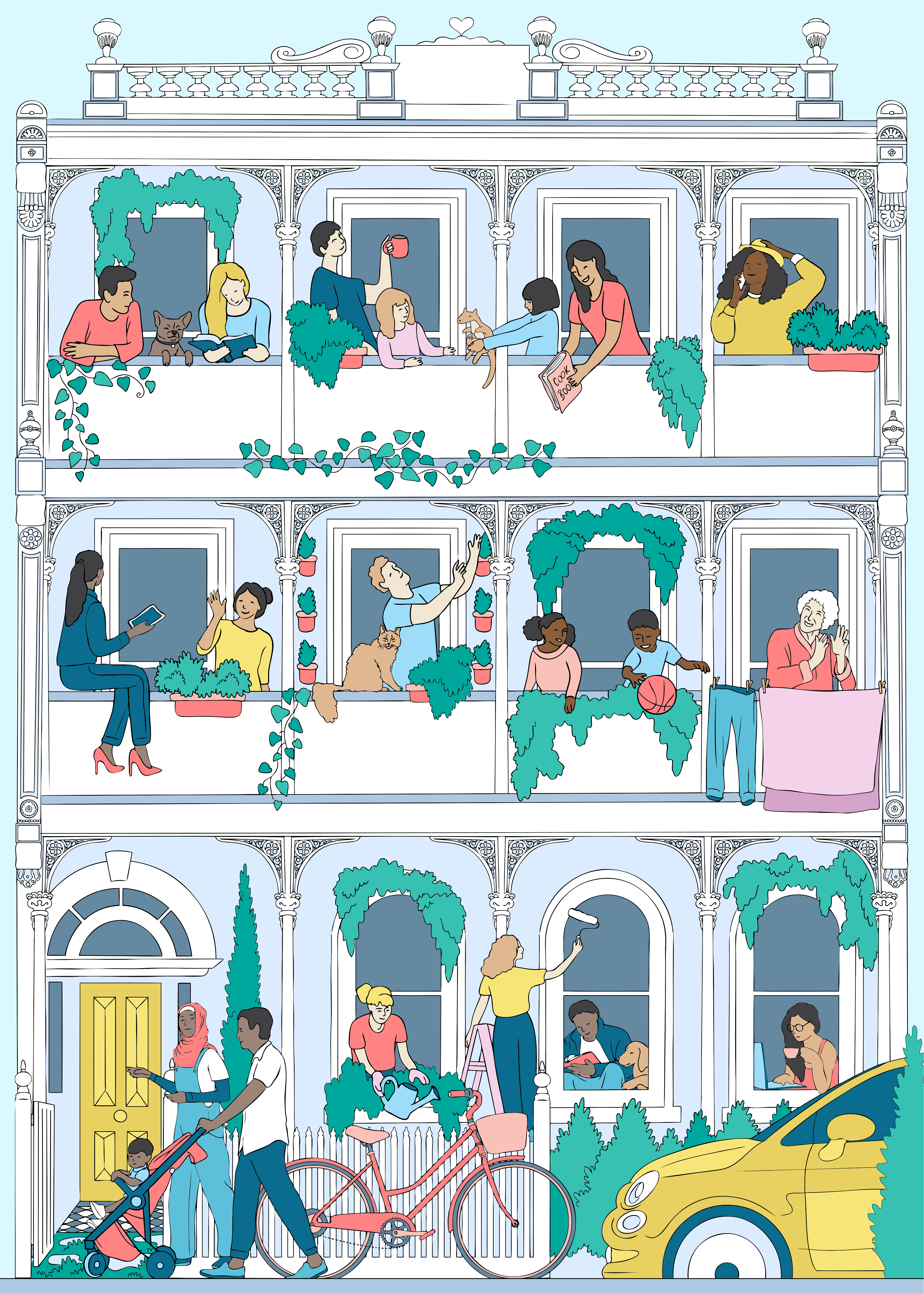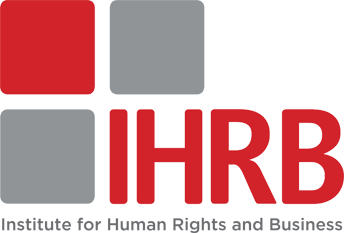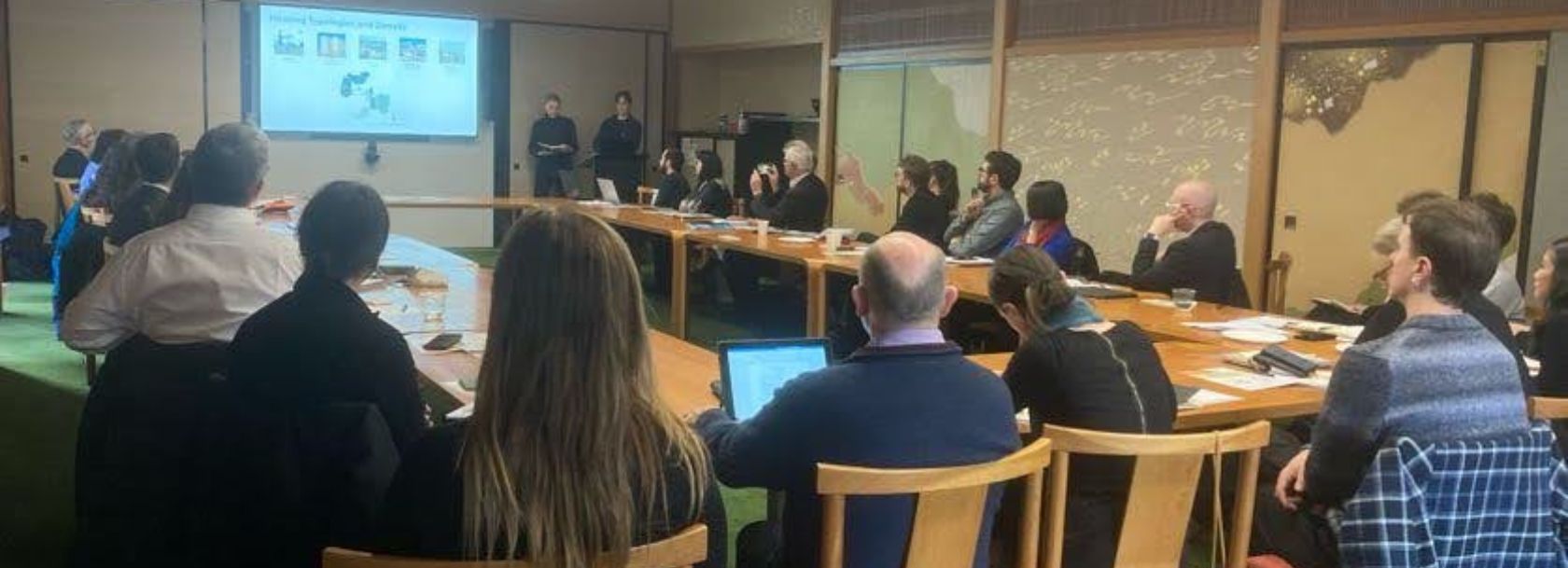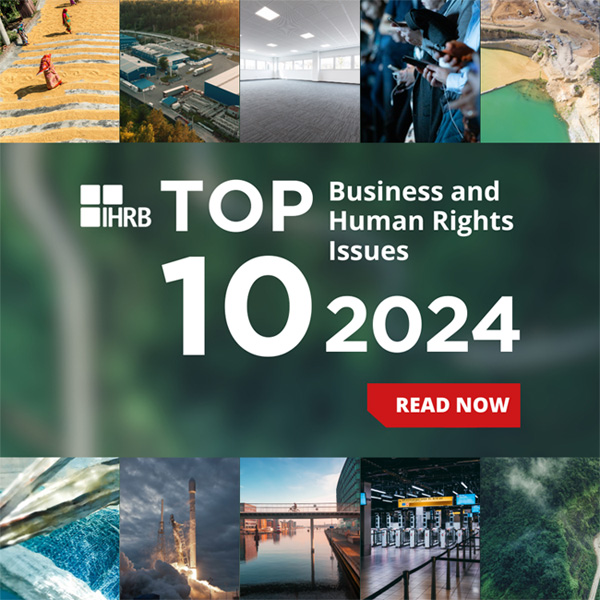As part of the “Building for Today and the Future” project, on 29 May 2023 representatives of the academia, civil society, local and state government, NGOs, and the private sector gathered at a visioning workshop to envision pathways for a just transition in Melbourne’ built environment. The event took place at the Melbourne School of Design (MSD) at the University of Melbourne, and it was co-hosted by IHRB and MSD.
Participants included:
-
RMIT’s Centre for Urban Research
-
Monash University’s Urban Lab
-
Renters and Housing Union Victoria (RAHU)
-
Melbourne School of Design (MSD)
-
International Trade Union Confederation (ITUC) Former Secretary General
-
City of Melbourne
-
Lord Mayors Corporate Foundation
-
ICLEI Oceania Office
-
Brotherhood of St. Laurence (BSL)
-
Master Builders Association of Victoria (MBAV)
-
Development Victoria
-
Homes Victoria
-
Industry (architecture, engineering and research firms): Hatch, Landlease, Aurecon, Fender Katsalidis, Baracco Wright, Kristen Thompson Architects, Hodyl & Co., Edge Environment, Office Architects, MGS Architects
The project combines research and visioning in eight cities globally, connected up to regional and international advocacy to ensure that climate action relating to buildings and infrastructure is just and respects human rights. It has a particular emphasis on four areas: the right to housing; the rights of construction workers; meaningful participation; and non-discrimination / spatial justice.
Key elements of the participants’ vision of a just transition in Melbourne included:
-
People affected have to be at the table, need to change business practice towards transparency and accountability, and finance to facilitate the process and outcomes. The big challenge: how do we change the business model? We have the technology and the money, but need will power
-
Good governance (working together with cooperatives, and having updated and effective guidelines and regulations) and finance
-
Alternative business models in between government funding and community funding
-
Use of existing resources in the community like sharing and commons-based initiatives through a bottom-up approach, as well as the encourage initiatives that aim to renegotiate the boundaries between public and private realms
-
Prioritisation of biodiversity corridors in the city: Involve more the wetlands, nature, and animals in urban planning, and have softer edges between the built and natural environments. Follow principles of Biodiversity Sensitive Urban Design (BSUD).
-
We must demonstrate the other values in the city (besides economic value): health, environmental, and social value of the above proposals/challenges so they are worthy to be strived for.
Participants workshopped what they would like to see “more of” and “less of” from the public sector and the private sector in order to strengthen the pathways to a just transition in Melbourne’s built environment:
Download the summary report for Melbourne
How do we make the vision a reality?
Table for workshopping specific barriers and opportunities
Cities of the future: Visions for a just and climate-resilient built environment
We commissioned young artists in Melbourne, Lagos, Lisbon, Jakarta, Prague and Copenhagen to bring the visions of a fairer, greener future for each city to life through visual art pieces that can serve as a unifying vision for a locally-grounded, fairer transitions.
 Sasha Heath, Melbourne, Australia
Sasha Heath, Melbourne, Australia



